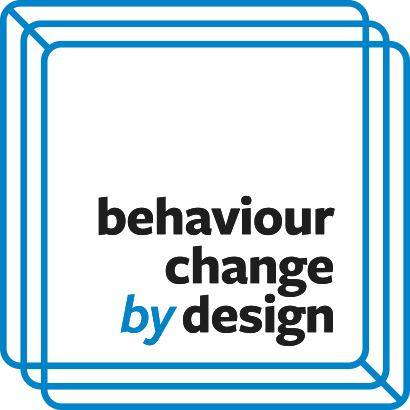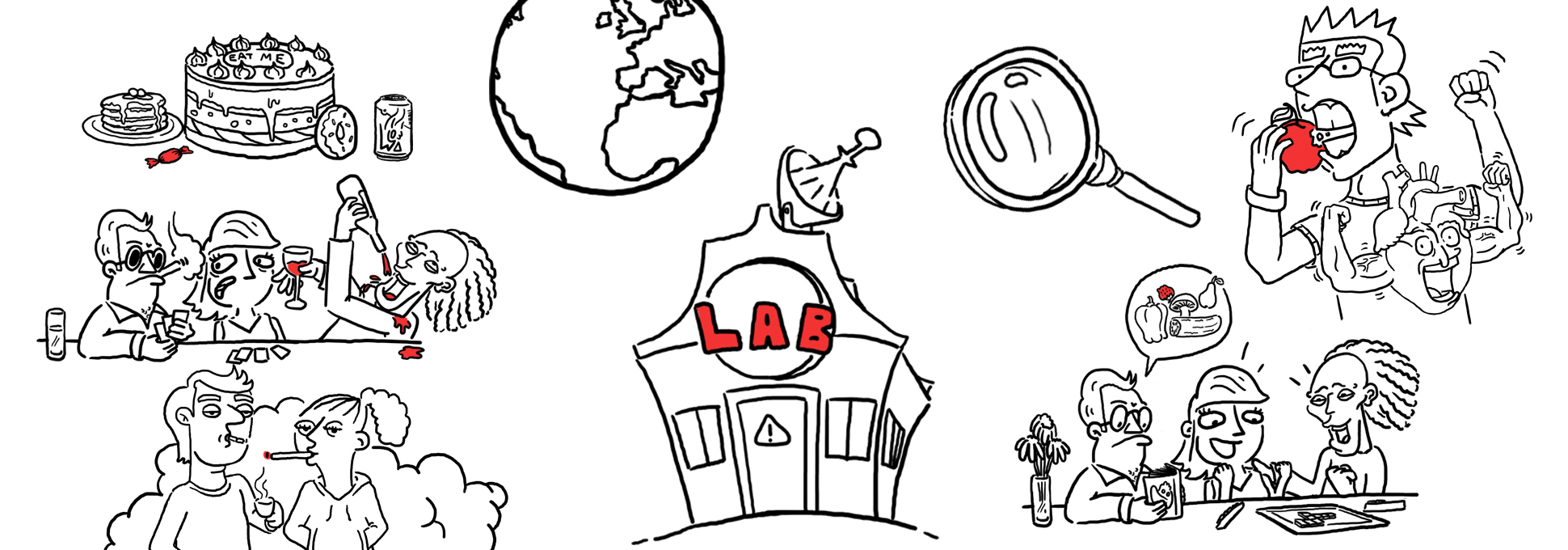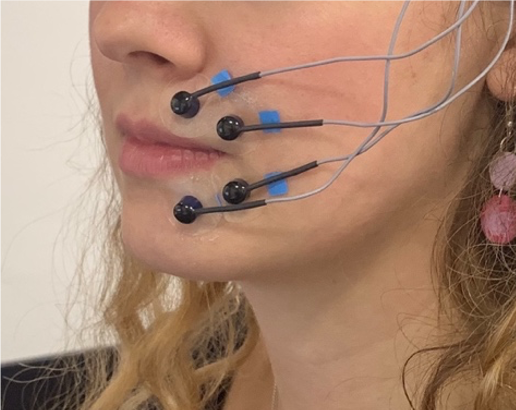



Posted: August 7, 2020

Reducing consumption of drinks which contain high levels of sugar or alcohol could improve population health. There is increasing interest in changing behaviour by changing cues in environments – sometimes called nudging. The shape of a glass is one such cue that can influence how much we drink. Published in Scientific Reports on 7th August 2020, this paper presents three laboratory experiments investigating the impact of glass shape (straight-sided vs outward-sloped) on drinking soft drinks.
In Study 1, we examine total drinking time, as well as drinking trajectory – the pattern of consumption over time. We find that though there is no evidence of any difference in total drinking time, participants consume a soft drink with a more ‘decelerated’ pattern from outward-sloped tumblers. In Study 2, participants taste and rate drinks in a ‘bogus taste test’, and we find that less is consumed from straight-sided wine flutes than outward-sloped martini coupes. In Study 3, we use a novel approach – facial electromyography (EMG) – to explore a potential mechanism for decreased consumption, finding that straight-sided glasses lead to more ‘pursed’ lips and smaller sips, which may partly explain reduced consumption from these glasses.
Using a combination of methods, including objective measures of volume drunk and physiological measures, these findings support a growing evidence base suggesting that glass shape influences drinking behaviours, including how much we consume, and the ‘mechanics’ of that consumption. Adopting straight-sided glasses may prove to be one intervention contributing to the many needed to reduce consumption of drinks that harm health.
See the full journal article here www.nature.com/articles/s41598-020-70278-6